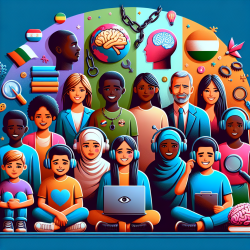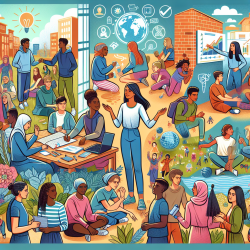Understanding the Power of Individualized Family Service Plans (IFSPs)
In the realm of early childhood development, the Individualized Family Service Plan (IFSP) stands as a beacon of hope and structure for families navigating the complexities of early intervention. Governed under IDEA-Part C, the IFSP is a critical document and process that guides the early intervention services for infants and toddlers from birth through age two. This plan is not just about the child; it is a comprehensive family-centered approach that involves the entire family, making parents key contributors to the developmental journey.
Key Components of an IFSP
The IFSP is designed to be a living document, constantly evolving to meet the needs of the child and family. Here are the essential components:
- Child’s Present Level of Development: This includes assessments of physical, cognitive, communication, social/emotional, and adaptive needs.
- Family’s Resources, Priorities, and Concerns: The plan acknowledges and integrates the family’s strengths and resources.
- Expected Outcomes and Timelines: Clearly defined goals with specific timelines to achieve them.
- Natural Environment for Services: Identifying where services will be provided to support the child’s development in familiar settings.
- Transition Planning: Preparing for the shift to preschool or other services as the child approaches age three.
The IFSP Team: A Collaborative Effort
The success of an IFSP lies in the collaborative efforts of a diverse team:
- Parents: Integral to the process, providing insights and direction.
- Service Coordinator: Ensures the seamless execution of the plan.
- Evaluation and Assessment Personnel: Conducts the necessary evaluations to inform the IFSP.
- Service Providers and Specialists: Deliver the services outlined in the plan.
- Advocates: Optional, but can provide additional support and guidance.
The Importance of the IFSP Process
The IFSP is not merely a document; it is a dynamic process aimed at setting reasonable developmental goals and coordinating services that cater to the unique needs of each child. It is reviewed every six months and updated annually to reflect the child’s progress and any changes in family circumstances. The involvement of parents as critical members of the IFSP team ensures that the plan is tailored to the family’s needs, using their strengths as foundational building blocks.
Transitioning to an Individualized Education Program (IEP)
As the child approaches their third birthday, the focus shifts from the IFSP to an Individualized Education Program (IEP), which is governed under IDEA Part B. This transition marks a new phase where services are centered around the child’s educational needs in a school setting. For more insights into the transition process, see SHNIC’s Individualized Education Program resources.
For more information, please follow this link.










